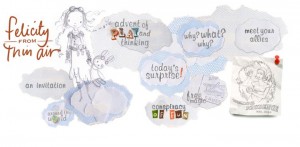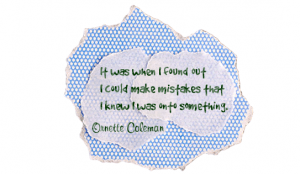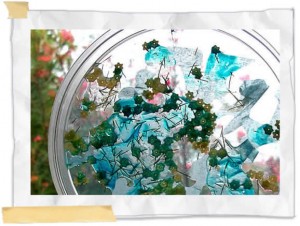Short Answer- Build better k12 writers through social, engaging writing activities
I love technology built by teachers—it’s just different. You can feel the truth and passion behind it. It has features that you know were intentionally considered by someone who has been in the classroom. Short Answer is a fantastic writing tool that was obviously built by teachers solving real problems for real students. The best! With so many tech companies racing to put AI into classrooms in ways that don’t center learners, it’s nice to see companies like Short Answer who are starting with students. (Big congratulations to the Short Answer team, who was just named as a YASS Prize semi-finalist!)
What it is: Short Answer is a k-12 formative assessment and writing instruction tool that capitalizes on the learning potential of adaptive comparative judgment. It makes writing feedback more social, engaging, and effective for students. Watch the video above to see exactly how it works! With Short Answer, teachers can monitor written student responses and lead discussions to create a shared understanding. The tool encourages students to be central to constructing and participating in the learning process through discussion and debate of peer-constructed responses. Every student gets immediate, actional feedback through comments and class discussion. Students become active participators and evaluators of learning by giving feedback to others. I love the way that reflection is built right into Short Classroom…I’m a big believer that the bulk of learning actually happens in the reflection.
How to Use Short Answer in the Classroom: Short Answer makes it easy to get started as a teacher. You can quickly sign up for their Basics package, which is free and includes unlimited question launches and the All-In, Pair-It, and Battle Royale activities. The Basics package has some limits on how many questions can be saved, how many feedback criteria can be added, and there is no open feedback option for students. However, the Basics is the perfect way to dip your toe in and start using Short Answer in your classroom. The other packages are SUPER reasonably priced for what this tool adds to your writing classroom.
Short Answer has done a phenomenal job of creating interactive product walk-throughs to help you start using it effectively with your class immediately (again, clearly designed by a teacher!). There are also phenomenal standards-aligned subject guides to think about how Short Answer might be used in your classroom or a specific area of study. They’ve thought about it’s use in algebra, biology, business, calculus, careers, chemistry, computer science, earth science, economics, English, ethics, FCS, foreign language, geometry, neuroscience, physics, pre-algebra, psychology, SEL, social studies, statistics, trigonometry, US history, world history, and, of course, writing. No matter what subject matter you are teaching, Short Answer can be used to enhance and involve students in more nuanced and impactful writing activities. My favorite use is for inquiry-based learning since that is how we approach all learning at Anastasis. To see Short Answer in an inquiry-based setting, see the video above.
I love how this tool truly puts the learner in the center of the writing classroom by giving them authentic writing tasks, authentic audience and feedback, and competency-based instruction. It is brilliant. I know that a lot of teachers are feeling concerned about the ways that AI is impacting the writing classroom specifically. Short Answer is a tool that encourages authentic writing and feedback, which is made better because of its social aspect.
Tips: Short Answer has an incredible resource library for teachers. Don’t miss the classroom posters, which help promote a healthy culture of feedback between students.














